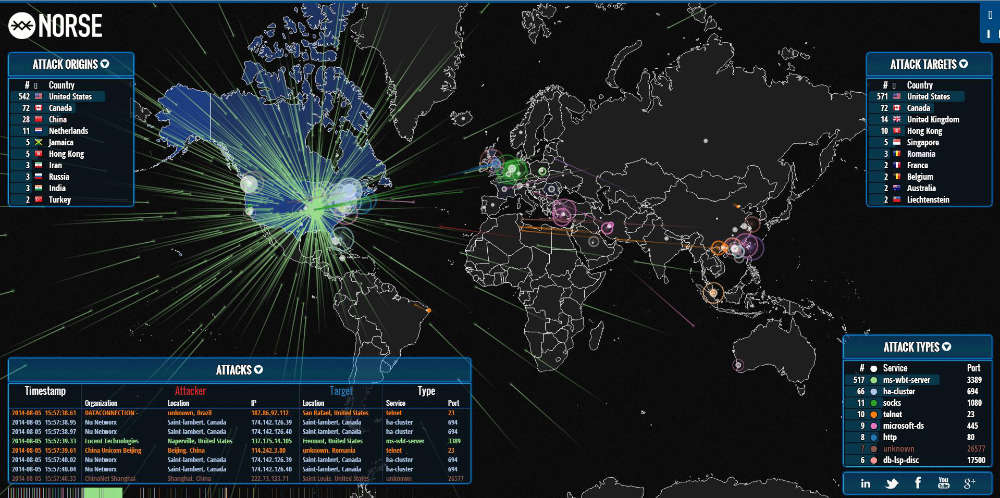A new report published by the Energy Department details a changing threat environment is a cause for concern, and also portrays the possibility of the electricity grid going down. The agency is requesting new emergency powers in the event that a blackout becomes imminent.
The energy department urged policymakers to grant regulators new emergency powers should threats become imminent, among other recommendations. (See the full report below)
The following video shows just how easy it is for hackers to break into the US power grid.
The department explained just how big the United States power grid is: The US has 7,700 power plants and 55,800 substations. Some 707,000 miles of high-voltage lines that link the two, and then an additional 6.5 million miles of local lines spread out from the substations.
The energy grid in modern times has become a source of life, to Americans and in the event of a catastrophe, it would take years for the power to come back on. Some analysts state that it could take up to ten years before power could be restored, while others claim it may never come back up.
Drastic changes occurred under the Obama administration which entailed new smart meters that are actively connected to the internet. Also, more and more households are adding solar panels to their roofs which are also adding new connections.
The rapidly evolving system is in dire need of an upgrade.
“There’s the weak-link issue for the whole system,” Energy Secretary Ernest Moniz said in an interview to highlight the report. “The reality is, for a lot of rural, smaller utilities, it’s a very difficult job to have the kind of expertise that will be needed in terms of cyber, so we suggest for example, grant programs to help with training, to help with analytical capacity in these situations.”
“The economy would just take an enormous hit” from a successful grid attack, he said.
The Department of Energy released the second report of the Quadrennial Energy Review, a series of wide-ranging reports surveying the entire U.S. energy system that the department began after President Obama announced new climate change policies in 2013. The first report ranged from Natural Gas to Oil pipelines and the grid, but the second report focuses solely on the electrical grid.
The report also went into detail regarding the Ukrainian electrical grid attack in December of 2015, which caused power outages in winter for roughly 225,000 people, and the report covered the October 21st, 2016 cyber attack against Dyn which brought down Twitter, PayPal, and other large internet based corporations.
However, this is not the first warning of 2017 security firms far and wide are predicting that the entire internet could go down for 24 hours this year if the cyber attack is severe enough.
“The threat environment is also changing — decision makers must make the case for investments that mitigate catastrophic, high-impact, low-probability events,” the report states.
For many years, other individuals have warned about various attacks on the electrical grid, stating that the assault could be a false flag by the cabal to bring down the economy and infrastructure which would inevitably bring about the often theorized FEMA camps.
The Washington Compost recently attempted to claim that the Russians hacked the US power grid, but the story was proven to be fake news and caused a stir on social media. Reports like that further offer proof that when the electrical grid gets struck, the real attackers will remain hidden, and the supposed attacker will be just a victim of the ruling cabal.
Perhaps, the energy grid is a system that the US government has purposely left frail, because, one day it will be used to bring down society; only time will tell. What say you reader?
